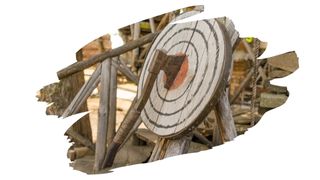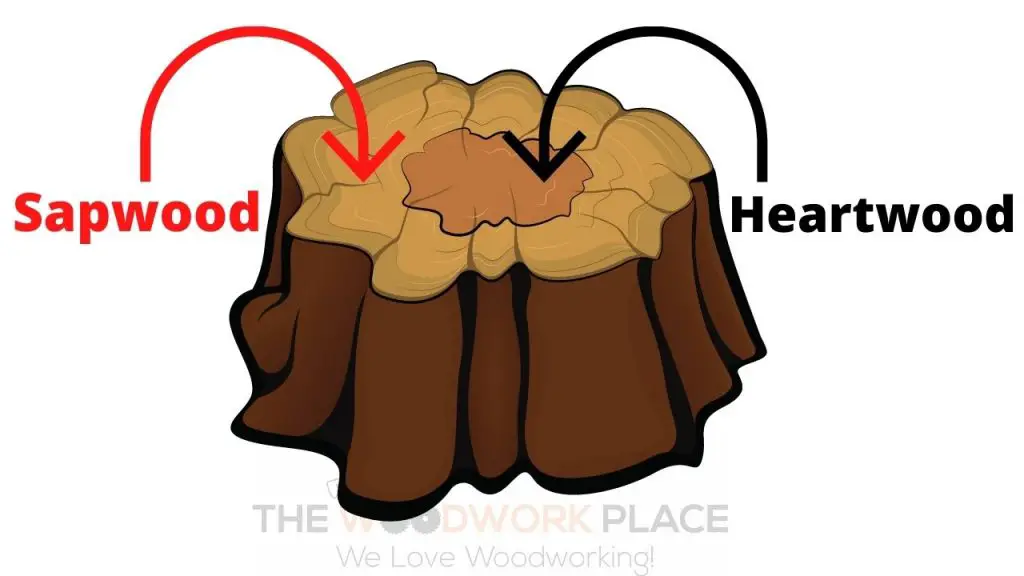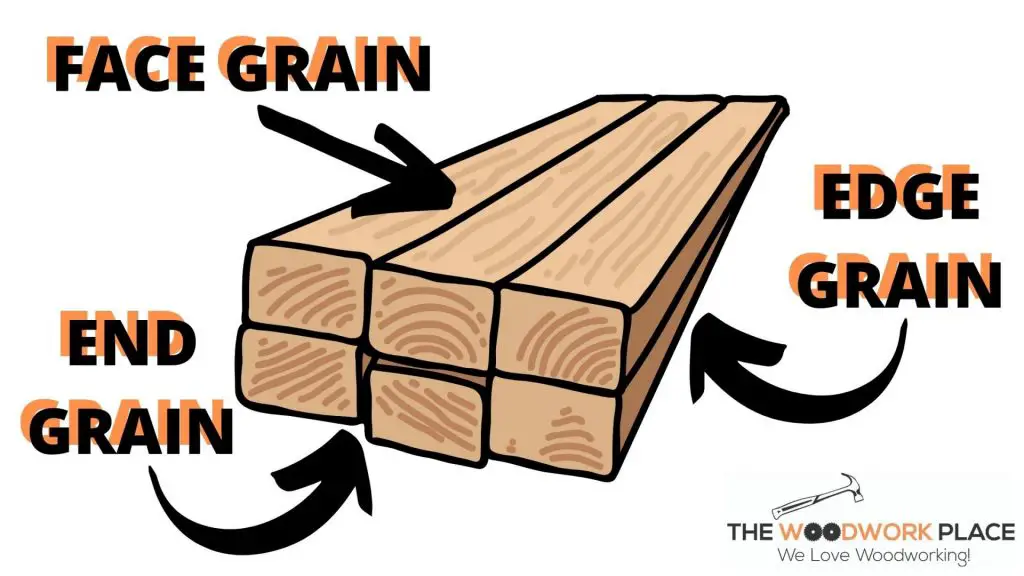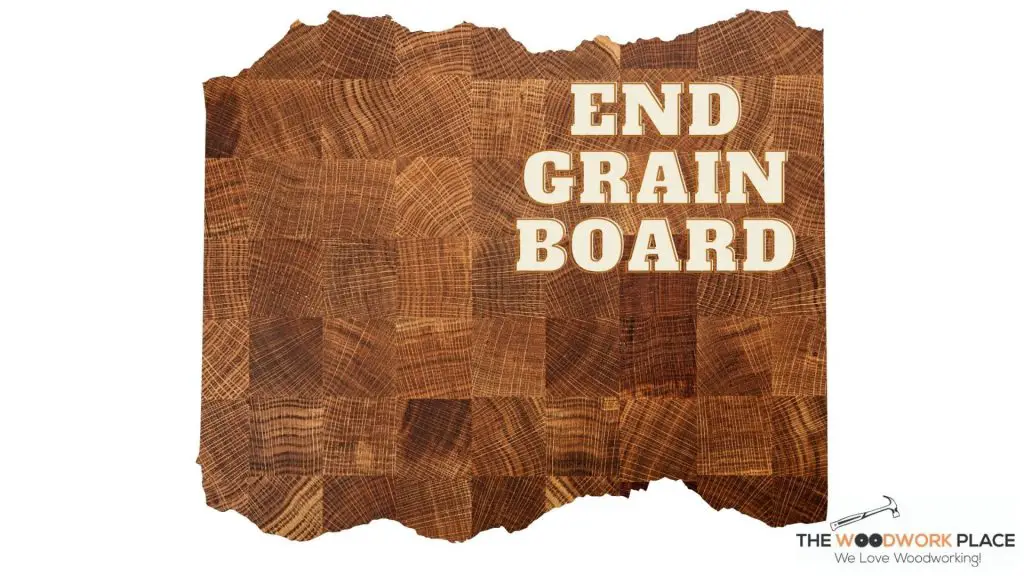Do you want a durable Axe throwing target that can handle all-weather?
A good target should be made from wood that’s just about soft enough to not cause bounce -back. But it also needs to be tough enough not to splinter away to bits easily.
So, what kind of wood can do it all? And does pressure treating wood make for a better target?
Well, in this post, you will learn why many durable exterior hardwoods aren’t the best choice for a throwing target. You’ll also learn what the difference is between treated and untreated wood — and whether or not it matters for an outdoor target.

This post may contain affiliate links to products that we receive a commission for (at no additional cost to you). Learn more here.
What’s The Best Type Of Wood For An Axe Throwing Target?
Axe throwing targets need to have a bit of ‘give’ to them. This is to reduce the chances of your Axe bouncing right off (despite you having hit the target right).
So, very hard dense hardwoods, such as Oak or Maple, are poor options. Their toughness makes it difficult for the Axe to really bite into wood.
However, lower density softwoods, such as Pine and Fir, make for much better target practice.
Still, full disclosure, Pine wood is better suited as an indoor target. Why? Well, because this particular wood type isn’t very rot resistant. So, if pine wood happens to be left outside a little too long, it can begin to rot fairly quickly.
And a rotting target will be too soft to use as a target.
So, if you want to make something for outdoor target practice, use Douglas Fir wood instead. Douglas Fir is a stable wood, which means that it doesn’t warp and twist due to changes in humidity.
But, more importantly, the heartwood of this tree is surprisingly rot-resistant. So it’ll be more durable outside in all-weather.

And What Is The Best Way To Make An Outdoor Axe Throwing Target?
By stacking the end grain of a number of 4 x 4 boards together. The end grain of wood refers to the extreme end part of a wooden board.

Now, the end grain of a wooden board is the toughest part of a 4 x 4 plank of wood. Which is why end grain cutting boards are the most hard-wearing type of chopping block.

In fact, by creating your target this way, you will end up with a target that looks somewhat similar to an end grain cutting board.
And What About Pressure Treated Douglas Fir? Does Pressure Treating Make It Stronger?
No, it does not. You see, pressure treating wood simply involves infusing wood with rot-resistant wood preservatives.
Those preservatives act like a fungicide, preventing rot bacteria from eating away at lumber.
But, those wood preservatives do not strengthen wood, or otherwise reinforce it. They only indirectly make wood more durable, due to the fact that treated wood takes longer to decay.
Related Post: What’s The Difference Between Douglas Fir Vs Whitewood?
What’s The Difference Between Pressure Treated Wood And Untreated Wood?
Well, untreated wood refers to wood that has not been treated with rot-resistant preservatives.
However, when it comes to the great outdoors, all wood types will last longer with these treatments. Which is why, wood meant for use on outdoor structures, will have often been pressure treated.
Related Post: What’s The Simplest Way To Protect Untreated Pine For Raised Beds?
So, What’s The Best Type Of Pressure Treated Wood For An Axe Throwing Target?
Your best choice is to use pressure treated Douglas Fir wood. And always make sure you specifically use green treated Douglas Fir wood.
You see, not all pressure treatment chemicals are safe for us to be around.
But, green treated wood has been specially treated with ‘farm-safe’ chemicals. What this means is that green treated wood can be used around farms — or even in your own backyard.
You can learn more about the safety of using pressure treated wood by checking out our post here: Is Pressure Treated Wood Safe Enough For A Sandbox?
To Wrap Up, Here Are The 3 Key Takeaways From This Post…
- 1). Pressure treated wood has been treated with rot-resistant wood preservatives. This helps to slow down the impact of rot and decay on timber.
- 2). The best types of wood for target practice are softwoods such as Pine and Douglas Fir.
- 3). Avoid using very tough hardwoods, like Oak or Hard Maple. These wood types are hard enough that your Axe will often bounce right off them — even despite your best efforts.



